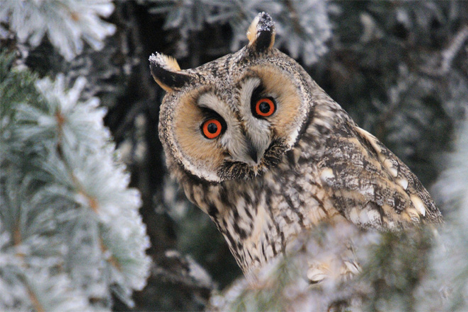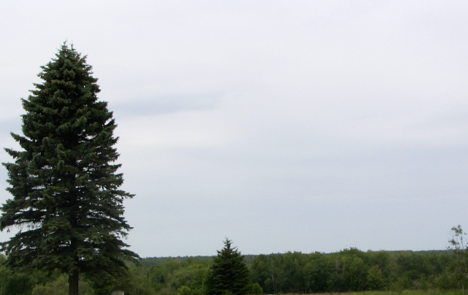The Long-eared Owls of Kikinda
One segment of an hour long program, on how wild animals have adapted to city life, aired on a Wednesday evening on a local PBS station in late September of 2019, caught my attention.
It was about the Long-eared Owls of Kikinda Serbia that had been driven from their natural habitat into the city for sanctuary. In the days of the devastating Balkan wars, in the 1990’s, there wasn’t much care for the environment. It [life] was just about surviving.

With the [fossil] fuel supply cut off, forests across Serbia were chopped down for firewood.
Over 90% of the trees in the area were cleared, leaving the Long-eared Owls, that lived in those forests, with nowhere
to roost during the Winter. So, they moved into town.
And Miraslav Glugia, of Kikinda, believes they have transformed the city. “Owls have learned to live with us and we have learned to live with them.”

The segment showed how ludicrous it would be to quit using fossil fuels and instead burn down or forests for heat and energy. But, the blight that would occur would pale in comparison the devastation to the planet by dramatically reducing the forests that produce oxygen for life.
Europe is burning our forests for “renewable” energy. Wait, what?
That was the headline in an article “Biomass Backward” by Ben Adler on Aug 25, 2014 on grist.

A story about how the forests of Germany had been cut down to burn in place of using fossil fuels caught my attention. So I googled it and found this article with a startling message.
The headline was followed by this paragraph:
“If you’re driving through the South and you see a denuded field filled with stubby new plantings where lush forest once stood, the blame might lie with an unlikely culprit: the European Union and its well-intentioned clean energy rules.”
But, a lot of what you find when you google this topic is that “global warming” and bark beetles are causing the devastation. That is typical of the fake media these days, to jump on the GW band wagon and blame mans activity for natures activities.
The misguided directive of this socialist organization that has been duped, as many countries have been, into thinking there really is something to this “global warming” scare.
It’s a hoax with a disastrous results and beyond costly remedies.
I lived two years in Southern Germany, in Bavaria, and the legendary forests were truly beautiful and amazing. Very majestic. What a shame to this beautiful part of Germany brought on by a hoax. It’s like a kid starting a big forest fire and burning down a whole forest because of his fascination with matches and lack of understanding how devastating it will be.
It is one of the most asinine and destructive plans anyone has ever come up with. Cutting down whole forests in the useless attempt to lower the global temperature by less than one degree by the end of this century and spending 70 to 90 Trillion dollars to do it. A waste on epic proportions and not even possible to sustain life with such a foolish attempt.
It will destroy forests that may never come back. They might be old growth forests that developed at a time when climate conditions were different..
A similar disaster occurred in the 1900's in Eastern Oregon

In Eastern Oregon, U.S., old growth giant ponderosa pine forests were clear cut. Not leaving a single tree. Well, they accidentally left one or, maybe, they just want to preserve one to show what used to grow there.
This generic picture of a large lone pine tree is a representation of that one large Ponderosa pine that I saw with my own eyes in 1978 while participating in a Geology Field Camp conducted in Eastern Oregon by Oregon State University, Corvallis.
That one ponderosa pine sticks out like a sore thumb on the side of a hill in a region of hills that stretch as far as the eye can see. What grows there now are smaller, scraggly Junipers which are not near as big or majestic.
Once again, an example of Old Growth Forrests that developed under very different climate conditions than what the region is experiencing today. Much wetter conditions that have been getting dryer for hundreds of years. Even thousands of years.